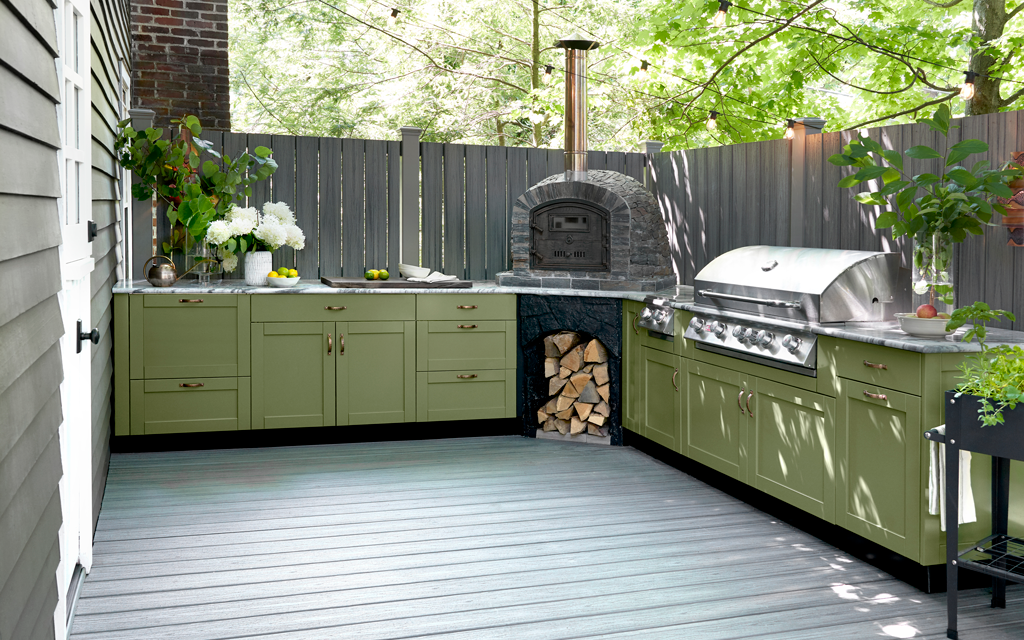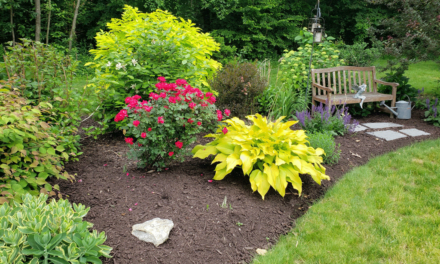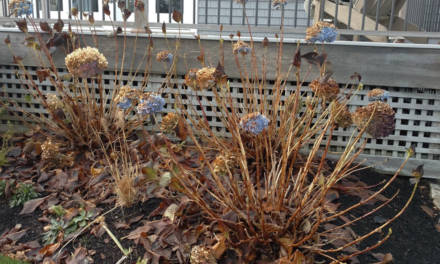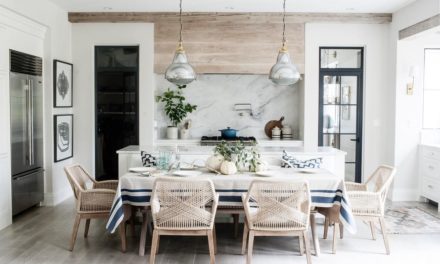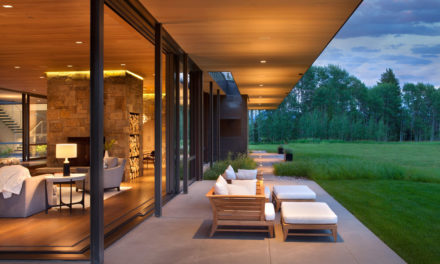Outdoor Kitchen
Outdoor living areas used to be a secondary, seasonal space that were considered an upgrade rather than a core space by many. Now, with homeownership on the rise and people investing time and money into their comfort, outdoor spaces have become the focal point of a home. Particularly, this past year taught us all the value of having an outdoor oasis to unwind or entertain friends and family.
When I first started thinking about the backyard for my home renovation, I knew right away that I wanted an outdoor kitchen. Kitchens are the heart of the home and I wanted to translate that feeling outdoors to create a space to entertain in and gather around. With a large extended family with a love of good food, I knew I’d need a hub to host from.
For anyone considering an outdoor renovation, I’d recommend an outdoor kitchen as a low maintenance addition. It can help maximize your time with guests when entertaining (good-bye runs inside for refills!). Plus, it can add resale value to your home. All around, it’s definitely a space worth investing in! But designing a kitchen for the outdoors can be just as overwhelming as designing your indoor kitchen. Here are my three core tips:
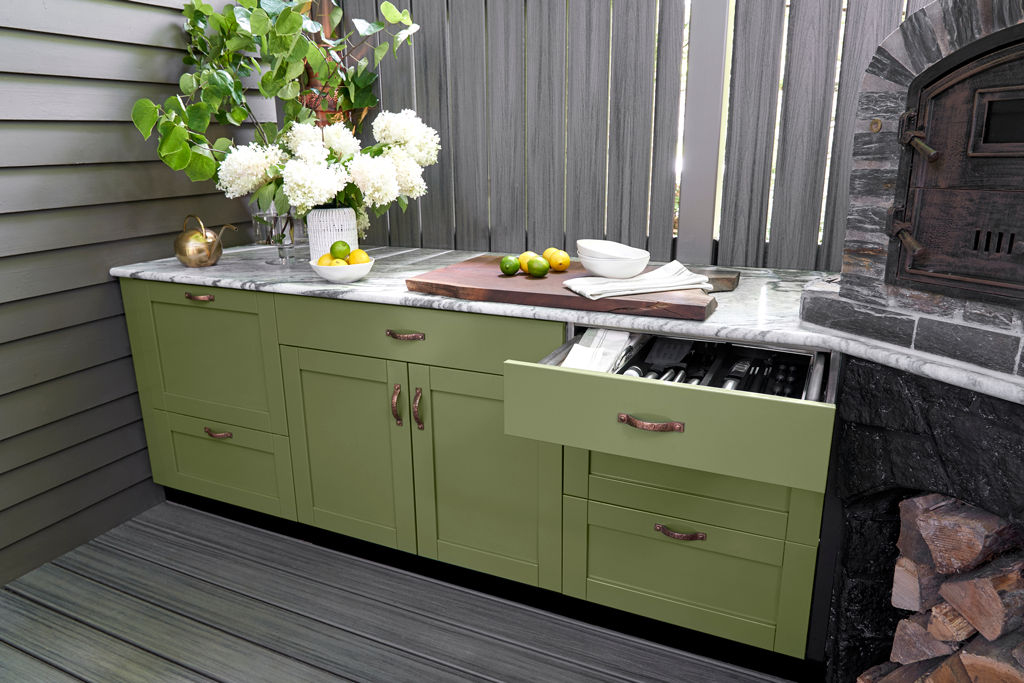
Materials Matter for the Outdoor Kitchen
A key part of enjoying an outdoor kitchen through all the seasons is the cabinetry you select. I opted for cabinetry from Trex Outdoor Kitchens. With Trex, I know all the contents will be protected from the elements and can stay outside year-round, thanks to their ultra-durable stainless steel construction.
When I first started looking at cabinetry options, I couldn’t believe the attention to detail Trex Outdoor Kitchens offered. It rivals cabinetry found indoors with its soft-close feature and gaskets to keep everything dry. Plus, there are a wide range of powder coat colors and styles. You can get an incredible level of functionality outdoors, which is amazing. In addition, I recommend investing at the upfront in a quality outdoor kitchen designed to withstand all elements (especially if you’re on the coast or see heavy snow) without compromising on style and functionality. Today’s stainless steel options offer a wide range of colors, styles and truly functional features. Plus, most offer ample storage and the ability to encompass a wide range of appliances.
While outdoor kitchens require an upfront investment, you’ll never regret choosing long-lasting materials and avoiding the potential for costly renovations down the line.
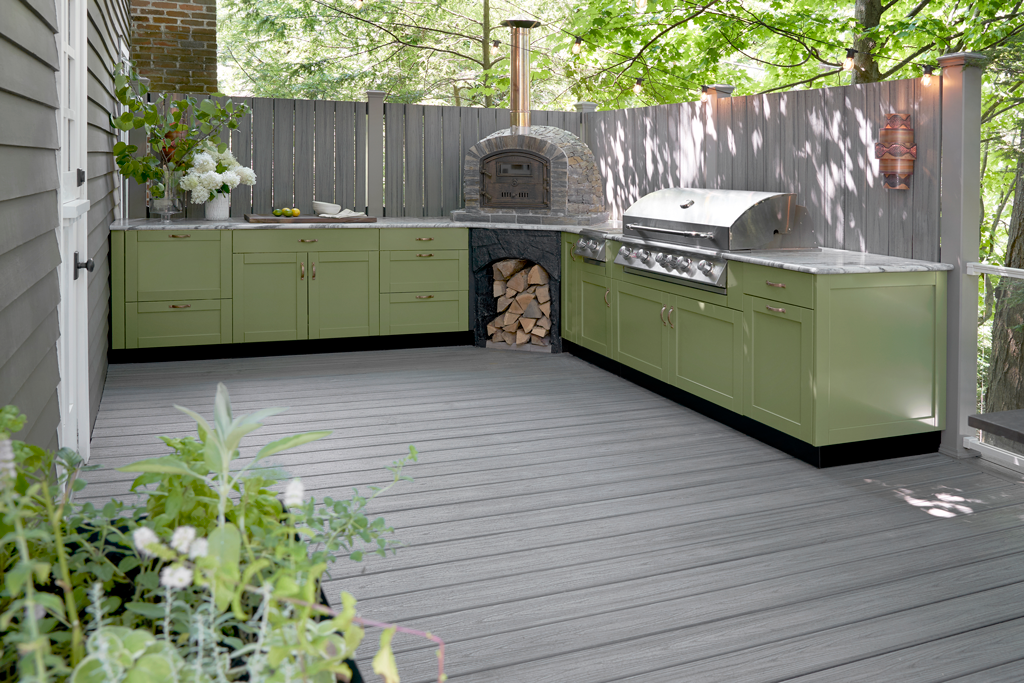
Design for Year-Round Use
This was a huge priority for me. With our new normal, having a space to gather, prepare meals, and host outdoors has become even more important. And it’s such a game-changer for our mental health. I always knew we’d enjoy this space, but I never could have anticipated how useful all of this would be.
I’m most excited about the ability to use my outdoor kitchen year-round. The pizza oven will be a great asset. You can use it as a mini-fireplace in the fall or winter. And I see a lot of baking and roasting veggies outside all through the colder months.
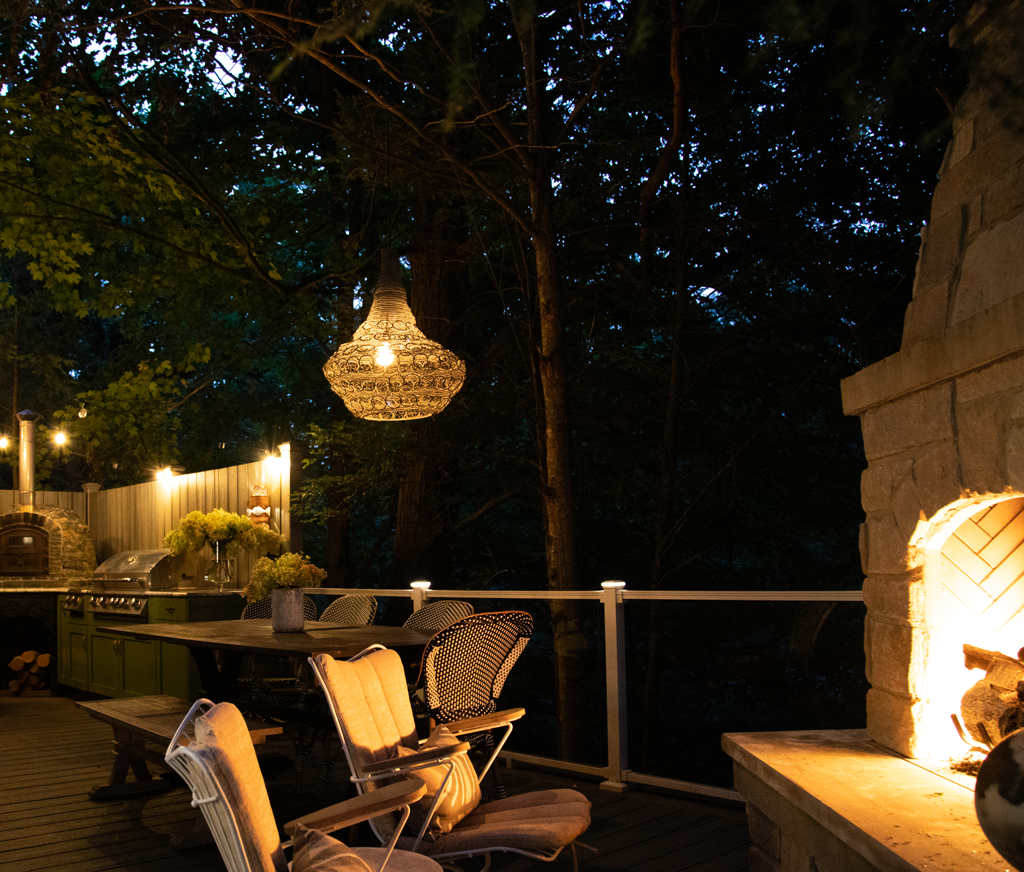
To prep your space for a full year’s use, be sure to include heating elements (whether a fireplace or stand-alone heaters); light sources (key for evenings when the sun sets early); and shade sources. For even greater flexibility, consider creating a “California room” with retractable walls to transition between warmer and cooler months.
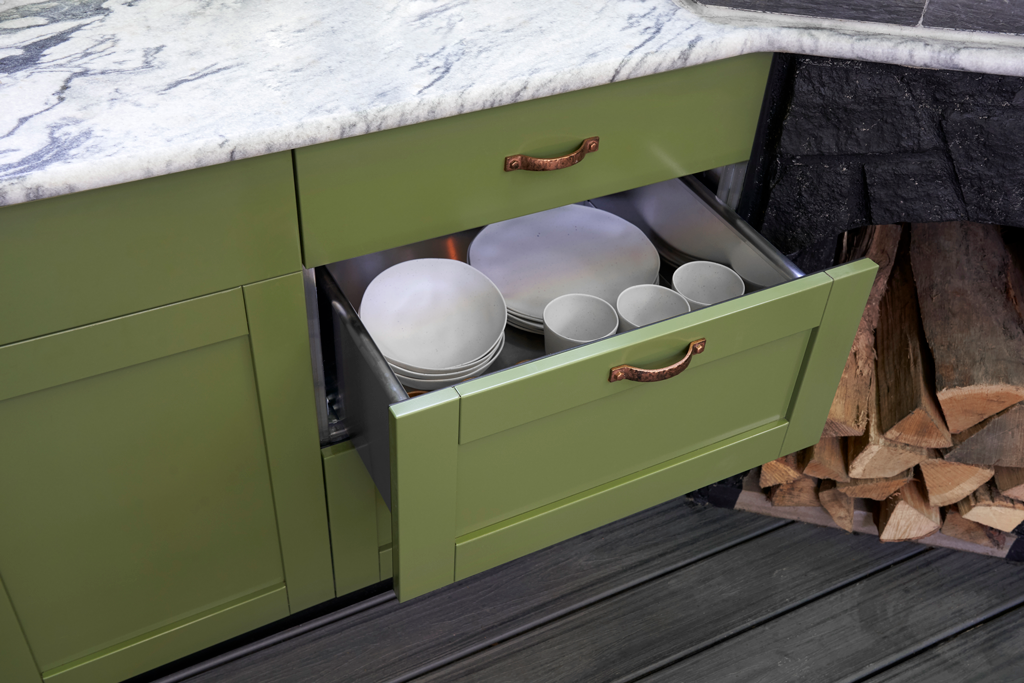
Look Inside for Outdoor Kitchen Inspiration
When designing my outdoor kitchen, I wanted to make sure there was enough space for all of the work and food prep to happen outdoors. So, I approached the layout as I would an indoor kitchen with a modified work triangle: prep area, cooking area, and drinks area.
While I wanted the outdoor kitchen to function very much on its own, I knew keeping it close to our kitchen proper was important to reduce steps to and from, when necessary. The L-shaped layout tucked into the corner really creates the sense of it being a room of its own, giving it a cozy and intimate vibe. Whatever your cooking and entertaining habits, don’t be afraid to create your space around your lifestyle. And be sure to prioritize how you use your indoor kitchen for the outdoors.
Beyond layout, creating a space that works for you is key. I love the elements that an indoor kitchen has and wanted them to transfer into the outdoor space. Aspects like soft-close doors and drawers, adjustable shelving, and pull out trash cans provide the ease and functionality of an indoor kitchen while outdoors.
See the video below of my outdoor kitchen!
Photography by David Lazarus

